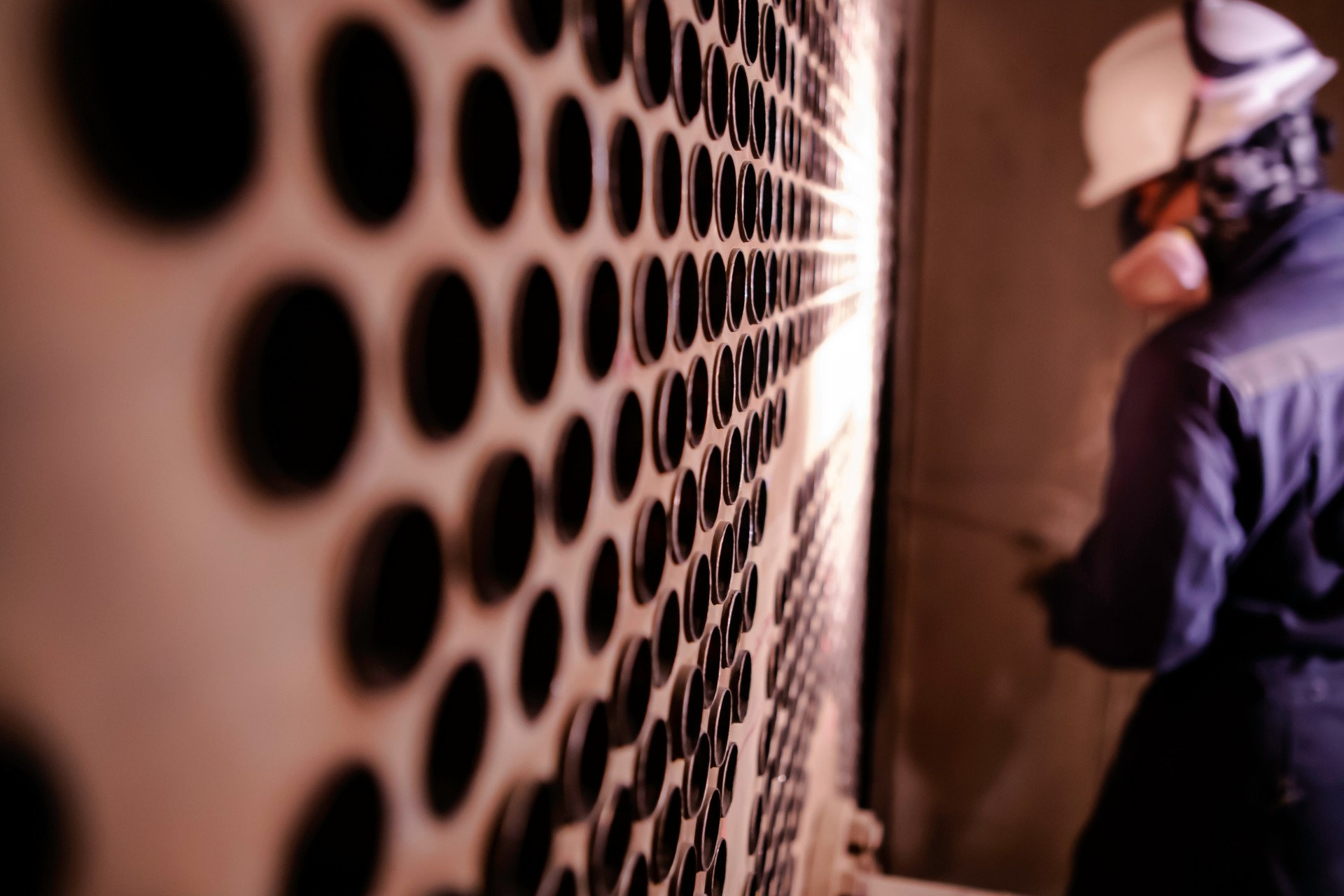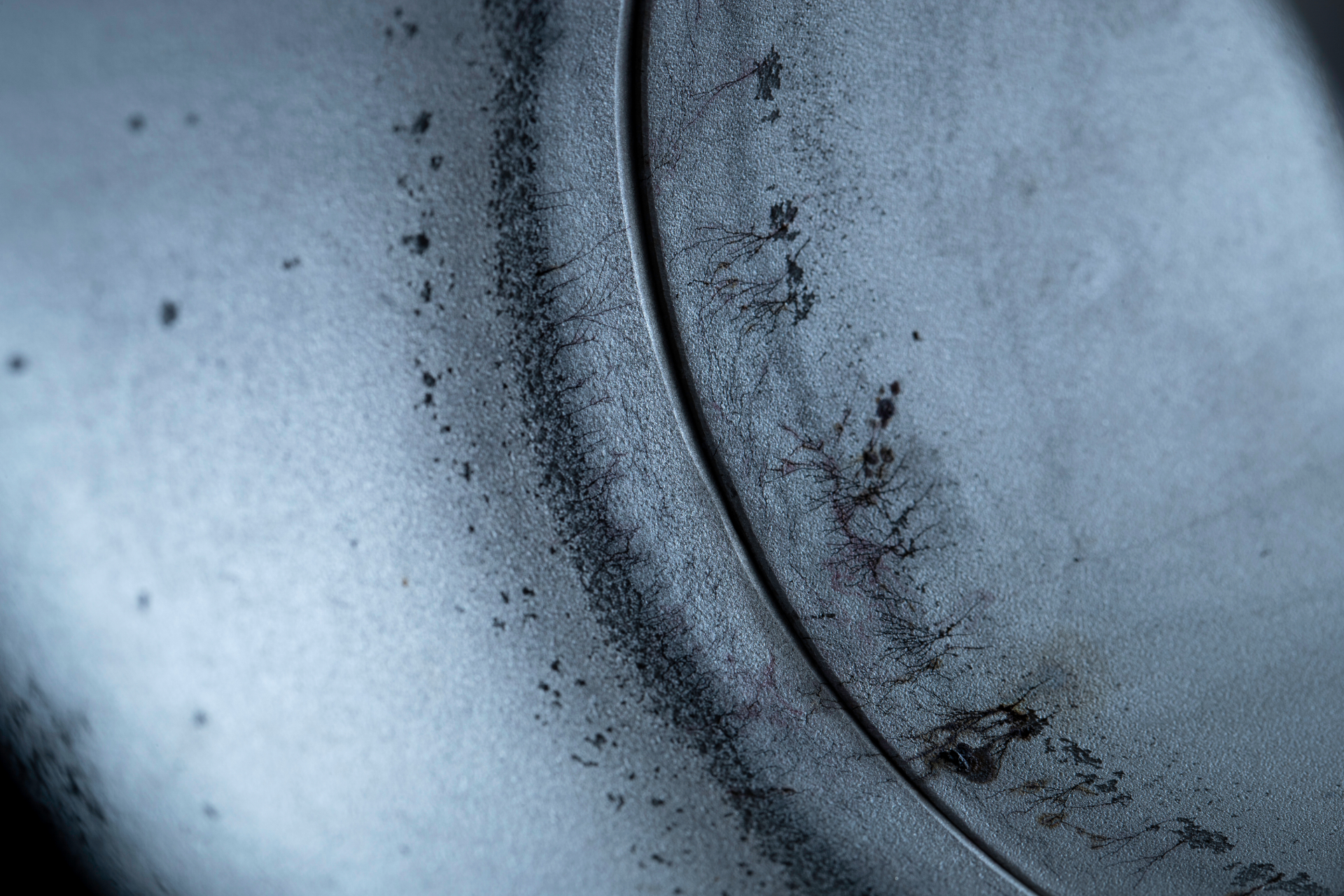Eddy Current Testing [ET]
Eddy Current Testing is a type of electromagnetic testing that uses measurements of the strength of electrical currents (also called eddy currents) in a magnetic field surrounding a material to make determinations about the material, which may include the locations of defects.

Inspectors examine the flow of eddy currents in the magnetic field surrounding a conductive material to identify interruptions caused by defects or imperfections in the material.
There are several advantages of ET that include but are not limited to:
- Able to detect surface and near-surface cracks as small as 0.5mm
- Able to detect defects through several layers, including non-conductive surface coatings, without interference from planar defects
- Effective on test objects with physically complex geometries
- Provides immediate feedback
- Portable and light equipment
- Quick preparation time – surfaces require little pre-cleaning while the use of couplant is not required
- Can be automated for inspecting uniform parts such as wheels or boiler tubes
- Can only be used on conductive materials
- The depth of penetration is variable
- Very susceptible to magnetic permeability changes – making testing of welds in ferromagnetic materials difficult – but with modern digital flaw detectors and probe design, this is not impossible
- Careful signal interpretation is required to differentiate between relevant and non-relevant indications
This inspection is used on partially ferromagnetic materials such as nickel alloys, duplex alloys, and thin-ferromagnetic materials such as ferritic chromium molybdenum stainless steel. The application of a saturation Eddy Current technique depends on the permeability of the material, tube thickness, and diameter.

The major applications of Newtron Eddy Current Testing are surface inspection and tubing inspections. Surface inspection is used in the petrochemical industry. Tubing inspection is used for steam generator tubing in energy plants and heat exchangers tubing in power and petrochemical industries.
International Organization for Standardization (ISO)
ISO 12718 Non-destructive testing — Eddy current testing — Vocabulary (2019)
ISO 15548-1 Non-destructive testing — Equipment for eddy current examination — Part 1: Instrument characteristics and verification (2013)
ISO 15548-2 Non-destructive testing — Equipment for eddy current examination — Part 2: Probe characteristics and verification (2013)
ISO 15548-3 Non-destructive testing — Equipment for eddy current examination — Part 3: System characteristics and verification (2008)
ISO 15549 Non-destructive testing — Eddy current testing — General principles (2019)
ISO 20339 Non-destructive testing — Equipment for eddy current examination — Array probe characteristics and verification (2017)
ISO 20669 Non-destructive testing — Pulsed eddy current testing of ferromagnetic metallic components (2017)
American Society of Mechanical Engineers (ASME)
ASME Boiler and Pressure Vessel Code, Section V
This information is a collection of references. While we have made every attempt to ensure that information on this site is updated, Newtron is not responsible for any errors or omissions, or for the results obtained from the use of this information. It is not guaranteed to be complete, correct, current, or up to date and may be changed without prior notice.
